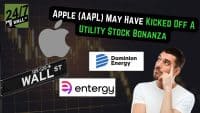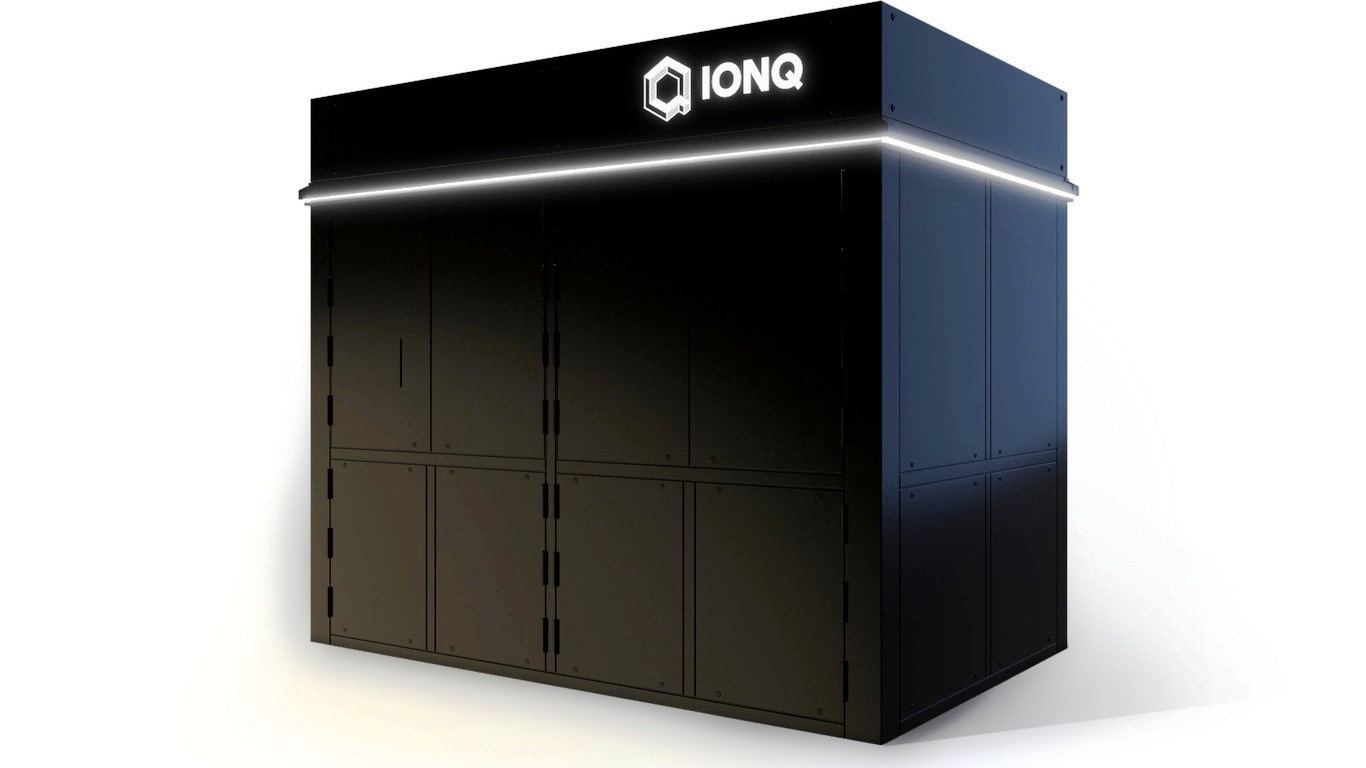
Passive income-focused exchange-traded funds (ETFs) can be a cheap and simple way to give yourself a nice dividend raise of sorts. These days, there are a dizzying array of options to pick from.
In this piece, we’ll narrow it down to two notable options for investors seeking yield and a slightly smoother ride as the market road gets a tad windier as the Trump administration gets to work in its first year. Indeed, Trump was quite busy on his first day in the Oval Office, so one can only imagine what other big moves are in store for the first year!
For the most part, investors seem optimistic but cautious over frothier valuations (which may be justified by AI-induced productivity growth and the rise of AI agents and “digital labor”) and potential surprises made under the Trump 2.0 era. In any case, these income-oriented options look like a fantastic way to be optimistic but cautiously so for an era that could still be quite rewarding for investors of all ages.
Key Points
-
Income investors have lots of intriguing ETF options out there. The JEPI is a specialty income option for those seeking maximum yields, while the SCHD is a good fit for those seeking a mix of income and appreciation.
-
Retiring early is possible, and may be easier than you think. Click here now to see if you’re ahead, or behind. (Sponsor)
J.P. Morgan Equity Premium Income ETF
J.P. Morgan Equity Premium Income ETF (NYSEARCA:JEPI) is a low-beta solution (0.57 at writing) that boats a very generous yield, currently sitting at 7.33%. Indeed, this kind of yield is above and beyond the stock market yield (closer to 1%) or even a dividend stock-focused ETF (that’d be closer to 2.5-3%)!
So, what types of names are in the ETF, and how has the yield become supercharged? Within the ETF, you’ll see a high-quality basket of lower-beta (or lower volatility) stocks that you’re likely already familiar with.
Additionally, the ETF makes use of an instrument called equity-linked notes (ELNs), which produces income via the selling of call options on securities owned within the ETF. As always, the extra yield from premium income does not come for free. The cost comes in the form of the potential upside that may be “called away” if stocks rally markedly higher.
Unless you’re an older investor seeking a “safer” way to increase your passive income without taking on more downside risk (you’ll take on upside risk instead!), I’d suggest sticking with a more traditional dividend ETF. Investors can also expect to pay a slightly higher expense ratio (to the magnitude of 0.3% more) for the extra steps required to go the extra mile to generate that premium income.
In short, the JEPI can be a solid option for a very specific type of investor who prioritizes passive income over long-term capital appreciation. It’s a specialty income ETF and one that leverages a covered call-esque strategy that may not be right for everyone.
Schwab U.S. Dividend Equity ETF
For those seeking a balance between passive income and capital gains, the Schwab U.S. Dividend ETF (NYSEARCA:SCHD) is a great way to go. You’ll get upside potential, but the yield isn’t all that impressive at just 3.64%—typical for your average dividend stock-focused fund. With a low total expense ratio (0.06%) due to the passive nature of the fund, which tracks the Dow Jones U.S. Dividend 100 Index, the SCHD is one of my favorite dividend-focused funds.
Under the hood, you’ll uncover a slew of solid dividend-paying blue chips, many of which also happen to be quite undervalued at the time of writing. Indeed, in a market where volatility could strike again, such dividend-rich value plays could be key in getting some shelter from the storm. At writing, the SCHD beta sits at 0.77, meaning somewhat less correlation to the S&P 500.
The beta isn’t quite as low as the JEPI, but if you value simplicity and low costs and don’t want any upside “called away,” the SCHD seems like the better bet for most, at least in my opinion. Of course, the better pick largely depends on who you are and what you seek (are you an older retiree seeking passive income maximization or a younger Millennial looking for balance?).
Get Ready To Retire (Sponsored)
Start by taking a quick retirement quiz from SmartAsset that will match you with up to 3 financial advisors that serve your area and beyond in 5 minutes, or less.
Each advisor has been vetted by SmartAsset and is held to a fiduciary standard to act in your best interests.
Here’s how it works:
1. Answer SmartAsset advisor match quiz
2. Review your pre-screened matches at your leisure. Check out the advisors’ profiles.
3. Speak with advisors at no cost to you. Have an introductory call on the phone or introduction in person and choose whom to work with in the future
Thank you for reading! Have some feedback for us?
Contact the 24/7 Wall St. editorial team.





